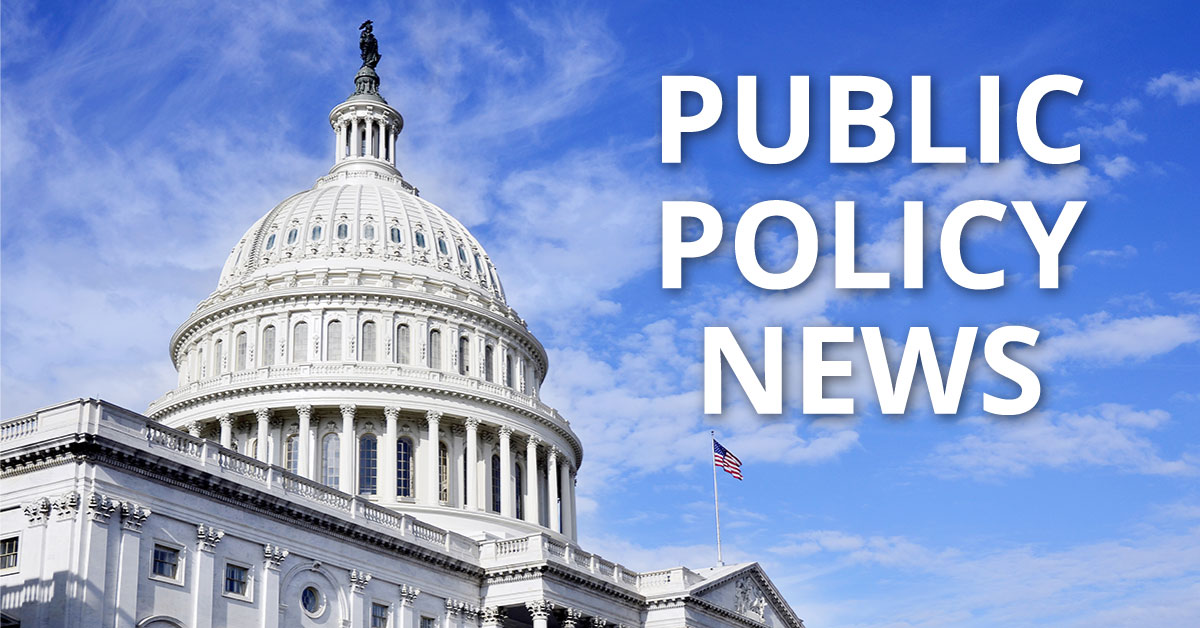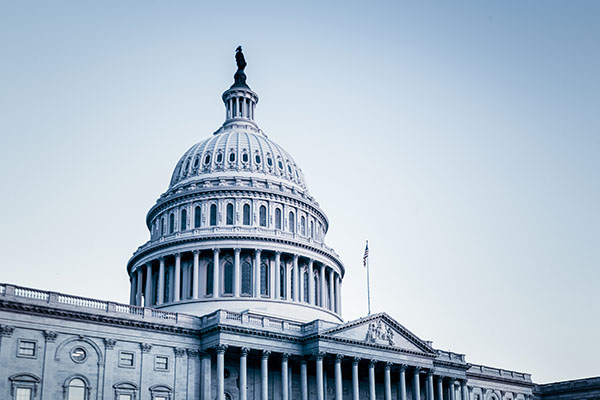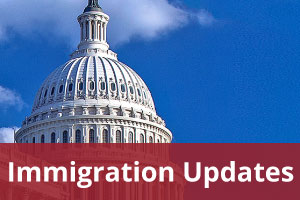by CUPA-HR | March 27, 2025
On March 25, the House Education and Workforce Subcommittee on Workforce Protections held a hearing titled “The Future of Wage Laws: Assessing the FLSA’s Effectiveness, Challenges, and Opportunities.” The hearing focused on several bills aimed at modernizing the Fair Labor Standards Act (FLSA), including legislation to amend overtime pay requirements on compensatory time and regular rate of pay and to provide clarity on independent contractor status under the FLSA.
The witnesses at the hearing included Tammy McCutchen, senior affiliate at Resolution Economics; Paige Boughan, senior vice president and director of human resources at Farmers and Merchants Banks (on behalf of the Society for Human Resource Management); Andrew Stettner, director of economy and jobs at the Century Foundation; and Jonathan Wolfson, chief legal officer and policy director at Cicero Institute.
Compensatory Time
Committee members and witnesses discussed the Working Families Flexibility Act, which would allow private sector employers, including private institutions, to offer employees the choice of compensatory time or cash wages for overtime hours worked. Currently, the FLSA only allows for employees working for the public sector, including public institutions, to choose compensatory time or cash compensation for overtime hours worked.
Chair of the Education and Workforce Committee Tim Walburg (R-MI) expressed his support for a bill like the Working Families Flexibility Act, as it would allow employees to choose which form of compensation best suits their needs. On the other side of the aisle, Rep. Mark Takano (D-CA) argued that offering compensatory time is an attempt to force workers to work more hours for free.
CUPA-HR submitted a letter for the record prior to the hearing in support of the Working Families Flexibility Act. The letter highlights our past support for the legislation as introduced in previous Congresses. It also draws from CUPA-HR President and CEO Andy Brantley’s testimony for a 2013 Workforce Protections Subcommittee hearing in support of compensatory time. In his testimony, he provided examples of instances where employees benefited from the option of such overtime compensation, which he witnessed while working as an HR leader at a large public university.
Regular Rate
The hearing also discussed the Empowering Employer Child and Elder Care Solutions Act, which would exclude the value of employer-funded child or dependent care benefits from the regular rate calculation. The FLSA requires that overtime hours are paid at one-and-one-half times the employee’s regular rate of pay, which is an average hourly rate that includes certain types of compensation.
During the hearing, Rep. Mark Messmer (R-IN) argued that the regular rate calculation that is currently used to determine overtime pay discourages employers from offering certain benefits. McCutcheon stated that legislation like the Empowering Employer Child and Elder Care Solutions Act would encourage employers to offer more benefits as they would no longer face burdensome overtime pay calculations.
Independent Contractor Status
During the hearing, committee members and witnesses also discussed the Modern Worker Empowerment Act (H.R. 1319), which would establish a new standard for defining an employee and an independent contractor under the FLSA. Specifically, the legislation would implement language that states workers are employees if the employer controls what work will be done and how it will be done, and workers are independent contractors if the entity under which the worker works does not exercise significant control over how the work is performed, among other things.
Rep. Kevin Kiley (R-CA), who introduced the bill in early February, stated that the Modern Worker Empowerment Act was needed to ensure protections for independent contractors in the FLSA. Wolfson pointed to a 2019 California law, AB 5, which implemented an “ABC” test for worker classification and stated that businesses stopped working with freelancers as a result of the law. McCutcheon explained that the Modern Worker Empowerment Act provides clarity when determining worker classification status by focusing on who controls the work being done, unlike California’s ABC test which she claimed was too complicated.
Ranking Member of the Education and Workforce Committee Bobby Scott (D-VA) opposed the Modern Worker Empowerment Act, claiming that workers do not want to be independent contractors and that employers force workers to accept independent contractor status, thus saving employers money.
The House Education and Workforce Committee will continue to consider these bills as they are reintroduced and marked up during the 119th Congress. CUPA-HR will monitor for future developments on the bills discussed during this hearing and keep members apprised of significant updates.



